The Ultimate Guide to Motorcycle Bluetooth: Benefits, Features, and Top Brands
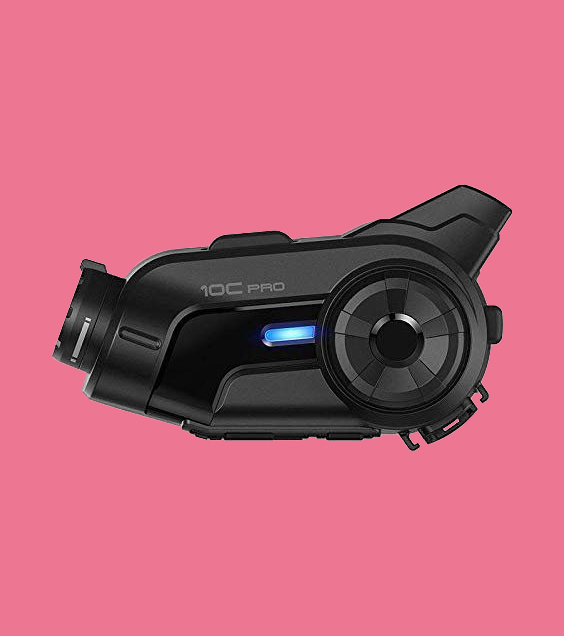
I. Introduction
Motorcycle Bluetooth technology is designed to connect your motorcycle helmet with your mobile phone, GPS, or other Bluetooth-enabled devices. By using Bluetooth technology, riders can stay connected while on the go, making it easier and safer to communicate while riding. Bluetooth technology allows riders to make phone calls, receive GPS directions, and listen to music or other audio while keeping their hands free and their eyes on the road.
The benefits of using motorcycle Bluetooth technology are numerous. For starters, riders can stay connected with their friends and family while they ride, making it easier to stay in touch and share their experiences. Additionally, with hands-free communication, riders can focus on the road and avoid the dangers of using a phone or other device while riding. Bluetooth technology also provides an easy and convenient way to listen to music or audio books, making long rides more enjoyable.
If you are a motorcycle rider looking to stay connected while on the road, investing in a motorcycle Bluetooth system can be a game-changer. Not only will it make your rides safer, but it will also enhance your overall riding experience.
II. Types of Motorcycle Bluetooth
Helmet-mounted and handlebar-mounted Bluetooth communication systems are the two main types of motorcycle Bluetooth technology. These systems allow riders to stay connected to their smartphones or other Bluetooth-enabled devices while riding, enabling them to take calls, listen to music, and communicate with other riders.
Helmet-mounted Bluetooth systems are attached to the helmet itself and provide audio output through speakers or earbuds inside the helmet. They typically have a built-in microphone that picks up the rider's voice and transmits it to the connected device. This type of system offers a more immersive audio experience, as the sound is transmitted directly to the rider's ears. However, it can be more difficult to install and remove and may not be compatible with all helmet types.
Handlebar-mounted Bluetooth systems are attached to the motorcycle's handlebars and provide audio output through external speakers or through a wired connection to the rider's helmet. They typically have a microphone mounted near the rider's mouth to pick up their voice. This type of system offers easier installation and compatibility with most motorcycle models. However, the audio quality may not be as clear or immersive as with helmet-mounted systems, and the rider may need to turn up the volume to hear the sound over wind and engine noise.
Overall, the choice between helmet-mounted and handlebar-mounted Bluetooth systems will depend on the rider's individual preferences and needs. Some riders may prefer the immersive audio experience of helmet-mounted systems, while others may prioritize ease of use and compatibility with different motorcycle models offered by handlebar-mounted systems.
III. Features to Look for in a Motorcycle Bluetooth
Range:
Bluetooth range refers to the distance between two Bluetooth-enabled devices, such as a motorcycle Bluetooth headset and a smartphone or GPS device. It determines how far away you can be from your device while still maintaining a strong and stable connection.
The importance of Bluetooth range in a motorcycle Bluetooth headset is evident in situations where you need to maintain a connection with your device while riding. For example, if you are using a GPS device to navigate, you need to ensure that you can hear the directions clearly without any interruption. A Bluetooth headset with a good range can keep you connected to your device, even if it is placed on your motorcycle's dashboard or in your pocket.
Several factors can affect Bluetooth range, such as obstructions, interference from other devices, and the power output of the Bluetooth device. The range can also vary depending on the type of Bluetooth technology used, such as Bluetooth 4.0 or Bluetooth 5.0.
When choosing a motorcycle Bluetooth headset, it is recommended to look for a range of at least 30 feet. This will ensure that you can maintain a strong and stable connection with your device while riding. Some advanced models offer a range of up to 1 mile, but they can be more expensive. It is important to note that the range may vary depending on the environmental factors and other interferences.
Battery life:
A motorcycle Bluetooth device's battery life is an important factor to consider when purchasing one. Since these devices are used for long periods, it is important to have a battery that can last through the entire ride.
One of the main factors that affect battery life is usage. If the device is constantly being used for music streaming or intercom communication, the battery will drain faster. Other factors that can affect battery life include the device's age, environmental factors such as temperature, and the strength of the Bluetooth connection.
It is recommended to look for a motorcycle Bluetooth device with a battery life of at least 8 hours. This will ensure that the device can last for an entire day of riding without needing to be recharged. Some devices offer even longer battery life, which can be a great option for those who take longer rides or who forget to charge their device regularly.
It is also important to consider the charging time of the device. A shorter charging time means less downtime between rides and more time spent enjoying the benefits of the Bluetooth device.
Intercom functionality:
When it comes to motorcycle Bluetooth communication, intercom functionality is one of the most important features to consider. This feature allows riders to communicate with their passenger or fellow riders without having to stop and remove their helmets.
There are two main types of intercom systems available: rider-to-passenger and rider-to-rider. Rider-to-passenger systems allow communication between the rider and their passenger, while rider-to-rider systems allow communication between two or more riders.
When choosing an intercom system for your motorcycle Bluetooth, there are several features to consider. Look for a system with noise-cancelling technology to eliminate wind and engine noise. Also, consider the range of the system, as well as the number of users that can be connected at once.
Other features to look for in an intercom system include the ability to make and receive phone calls, play music, and use GPS navigation. Some systems also offer voice activation, allowing for hands-free communication while riding.
Overall, a reliable and high-quality intercom system can greatly enhance the riding experience and provide added safety on the road.
Voice commands:
As the world of technology advances, more and more devices are incorporating voice commands into their systems. The same holds true for motorcycle Bluetooth systems, where voice commands can be a major convenience and safety feature. Here, we will explore the importance of voice commands in a motorcycle Bluetooth system and the features to look for when choosing one.
One of the main advantages of using voice commands with a motorcycle Bluetooth system is that it allows you to keep your hands on the handlebars while still controlling your device. This is especially important while riding, as taking your hands off the handlebars can be dangerous and distracting. With voice commands, you can make phone calls, change your music, and access other features without ever having to take your hands off the bars.
There are several different types of voice commands that you may encounter with a motorcycle Bluetooth system. The most basic type allows you to answer or reject incoming calls with a simple voice command. More advanced systems may allow you to access specific functions, such as changing the volume or skipping tracks on your music player. Some systems may even allow you to input navigation commands, such as asking for directions to a specific location.
When choosing a motorcycle Bluetooth system with voice commands, there are several features to look for. First and foremost, you want a system with accurate voice recognition. This means that the system should be able to understand your commands even in noisy or windy conditions. Additionally, it is important to choose a system that offers a wide range of voice commands so that you can control a variety of features.
Other features to look for include the ability to customize your voice commands, so you can use the phrases that feel most natural to you. You may also want a system that allows you to adjust the sensitivity of the voice recognition, so you can fine-tune the system to your needs. Finally, it is important to choose a system that offers clear audio feedback, so you know when your commands have been executed.
Audio quality:
When it comes to using a motorcycle Bluetooth, having clear and high-quality audio is crucial. After all, being able to hear your music, phone calls, and GPS directions is important for your safety and overall riding experience. However, not all Bluetooth devices are created equal, and there are several factors that can affect the audio quality of your device.
One of the most important factors is the quality of the speakers or earbuds themselves. Look for devices that have high-quality, noise-cancelling speakers or earbuds that can deliver clear, crisp sound even in noisy environments. Additionally, the microphone quality is also important, as it can affect the clarity of your voice during phone calls or intercom conversations.
Other factors that can affect audio quality include the Bluetooth version and codec used, as well as the distance between the Bluetooth device and your smartphone or other source of audio. To ensure the best possible audio quality, look for devices that use the latest Bluetooth technology and codecs, and make sure to keep your smartphone or other audio source close to your Bluetooth device.
Ultimately, the recommended audio quality for a motorcycle Bluetooth will depend on your personal preferences and needs. However, as a general rule, look for devices that offer clear, high-fidelity sound and are able to block out external noise for a more immersive listening experience.
Water resistance:
When it comes to riding a motorcycle, you never know what conditions you may encounter on the road, including rain or other wet weather. That's why it's important to consider the water resistance rating of a motorcycle Bluetooth before purchasing one.
Water resistance is measured using an IP rating, which stands for Ingress Protection. This rating system indicates the level of protection a device has against solid and liquid substances. For motorcycle Bluetooth, the most common IP ratings are IPX5 and IPX7.
An IPX5 rating means the device is protected against water projected from a nozzle, meaning it can withstand rain and splashing water. On the other hand, an IPX7 rating means the device can be immersed in water up to a meter deep for 30 minutes without sustaining damage.
It's recommended to choose a motorcycle Bluetooth with at least an IPX5 rating for protection against rain and other wet conditions. This ensures that your device will continue to function properly even in inclement weather.
In addition to the IP rating, it's also important to properly care for and maintain your motorcycle Bluetooth to ensure its longevity and water resistance over time. This may include regular cleaning and avoiding submersion in water whenever possible.
IV. Benefits of Using Motorcycle Bluetooth
Riding a motorcycle is a thrilling experience that allows you to feel the open road and the freedom of movement. However, it can also be dangerous if you don't take the proper precautions, such as using a motorcycle Bluetooth device. In this article, we will discuss the benefits of using a Bluetooth device while riding, including improved communication with riding partners, hands-free calling and music playback, GPS navigation, and safety features like voice-activated calls and alerts.
Improved Communication with Riding Partners
One of the most significant advantages of using a Bluetooth device while riding is improved communication with your riding partners. With a Bluetooth headset, you can communicate with your fellow riders without having to stop or pull over. This allows for smoother communication during group rides, making it easier to stay together and avoid accidents. Additionally, Bluetooth devices can connect to other riders' headsets, allowing for clear and consistent communication throughout the group.
Hands-Free Calling and Music Playback
Bluetooth devices allow you to make hands-free calls and listen to music while riding. This is a huge benefit for those who like to stay connected while on the road. You can make and receive calls without having to stop or take off your helmet, which is not only convenient but also safer. You can also listen to your favorite tunes without having to fiddle with your phone, which can be distracting and dangerous.
GPS Navigation
GPS navigation is another significant benefit of using a Bluetooth device while riding. With GPS navigation, you can get turn-by-turn directions to your destination without having to stop and check your phone or map. This is especially useful when riding in unfamiliar areas or on long trips. You can also connect your Bluetooth device to your bike's GPS system for even more accurate and reliable navigation.
Safety Features like Voice-Activated Calls and Alerts
Finally, Bluetooth devices offer safety features such as voice-activated calls and alerts. With these features, you can make calls, send messages, or receive alerts without having to take your hands off the handlebars or your eyes off the road. This is a crucial safety feature that can help prevent accidents and injuries while riding.
V. How to Choose the Right Motorcycle Bluetooth
Determine your needs and budget, research different brands and models, read reviews, and ask for recommendations, and consider compatibility with other devices. These are all important steps to take when looking to purchase any type of device or product, and the same goes for tech devices like phones, tablets, and even smart home gadgets. In this article, we'll specifically focus on these steps when looking to purchase tech devices, so you can make the best purchase for your needs and budget.
Determine your needs and budget:
Before you even begin researching different brands and models, it's important to determine your needs and budget for the device you're looking to purchase. Consider what features you need and what you'll be using the device for. This will help you narrow down your options and prevent you from overspending on unnecessary features.
Research different brands and models:
Once you have an idea of what you need and how much you're willing to spend, start researching different brands and models. Look for devices that meet your needs and fall within your budget range. Consider factors like performance, durability, and user-friendliness.
Read reviews and ask for recommendations:
One of the best ways to determine the quality of a product is to read reviews from other customers who have used it. Look for reviews from multiple sources to get a well-rounded understanding of the device's strengths and weaknesses. Additionally, ask for recommendations from friends or family members who have experience with the device you're considering.
Consider compatibility with other devices:
If you plan on using the device with other tech devices you already own, it's important to consider compatibility. Make sure the device you're purchasing is compatible with your other devices, or at least has workarounds available.
VI. Installing and Setting Up Motorcycle Bluetooth
Helmet-mounted Bluetooth installation, handlebar-mounted Bluetooth installation, and pairing with other devices are key steps for setting up a motorcycle Bluetooth system. These steps are essential for ensuring that riders can enjoy improved communication with riding partners, hands-free calling and music playback, GPS navigation, and safety features like voice-activated calls and alerts.
Helmet-mounted Bluetooth Installation:
Choose the Right Helmet: The first step to installing a helmet-mounted Bluetooth system is to choose a compatible helmet. Look for a helmet that is designed to accommodate a Bluetooth system, with speaker pockets and space for a microphone.
Install the Speakers: Once you have the compatible helmet, it's time to install the speakers. Locate the speaker pockets and gently insert the speakers, taking care not to damage any wiring. Secure the speakers in place with adhesive tape.
Mount the Microphone: The next step is to mount the microphone. Locate the microphone placement area and attach the microphone to the helmet with adhesive tape or a clamp.
Install the Bluetooth Device: Once the speakers and microphone are in place, it's time to install the Bluetooth device. Follow the manufacturer's instructions for attaching the device to the helmet, ensuring that the device is secure and won't interfere with the rider's visibility or comfort.
Handlebar-mounted Bluetooth Installation:
Choose the Right Device: The first step to installing a handlebar-mounted Bluetooth system is to choose a compatible device. Look for a device that is designed to fit your motorcycle and handlebar, with a secure mounting mechanism.
Install the Mount: Once you have the compatible device, it's time to install the mount. Follow the manufacturer's instructions for attaching the mount to your motorcycle's handlebar, ensuring that the mount is secure and won't interfere with your riding.
Install the Bluetooth Device: Once the mount is in place, it's time to install the Bluetooth device. Follow the manufacturer's instructions for attaching the device to the mount, ensuring that the device is secure and won't interfere with your visibility or riding.
Pairing with Other Devices and Setting Up Preferences:
Pairing with Other Devices: Once your Bluetooth system is installed, it's time to pair it with other devices, such as your phone or GPS. Follow the manufacturer's instructions for pairing your device with the Bluetooth system, ensuring that the pairing is successful before heading out on the road.
Setting Up Preferences: After pairing your devices, it's time to set up your preferences. This may include adjusting the volume, selecting a language, or customizing the device's settings to suit your needs. Follow the manufacturer's instructions for setting up your preferences, and be sure to test your system before hitting the road.
In conclusion, installing a helmet-mounted or handlebar-mounted Bluetooth system and pairing it with other devices is an essential step for improving communication with riding partners, enjoying hands-free calling and music playback, using GPS navigation, and utilizing safety features like voice-activated calls and alerts. By following these steps and selecting a high-quality device, riders can enjoy a safer and more enjoyable riding experience.
VII. Maintenance and Care for Motorcycle Bluetooth
Whether you're a seasoned rider or just starting out, having a motorcycle Bluetooth device can make all the difference in your riding experience. Not only can it help you stay connected with your riding partners, but it can also provide hands-free calling, music playback, and GPS navigation. However, to ensure that your device functions properly and lasts for years to come, it's important to maintain it regularly.
Cleaning the Device and Components:
Regular cleaning of your motorcycle Bluetooth device and its components is important to keep it functioning optimally. Here are some tips on how to clean your device:
Use a soft, dry cloth to wipe down the device and remove any dust or debris.
For more stubborn dirt or grime, you can use a damp cloth or a mild cleaning solution.
Avoid using harsh chemicals or abrasive cleaners that could damage the device.
Be sure to clean the earbuds or speakers regularly to remove any buildup of earwax or dirt.
Charging and Storing the Device Properly:
Charging your motorcycle Bluetooth device properly is important to ensure that it's always ready for use when you need it. Here are some tips for charging and storing your device:
Use the charging cable and adapter that came with your device to ensure proper charging.
Avoid overcharging the device, which can damage the battery and reduce its lifespan.
Store your device in a cool, dry place to prevent overheating or moisture damage.
If you're not going to use your device for an extended period, make sure to fully charge it and then turn it off to preserve the battery life.
Troubleshooting Common Issues:
Even with regular maintenance, you may encounter some common issues with your motorcycle Bluetooth device. Here are some tips on how to troubleshoot these issues:
If you're having trouble pairing your device with another Bluetooth device, make sure that both devices are compatible and within range.
If the audio quality is poor or you're experiencing dropouts, try moving the device closer to your ear or adjusting the volume or equalizer settings.
If you're having trouble with voice commands or alerts, make sure that the device's microphone is positioned correctly and that you're using the correct command or alert.
If your device won't turn on or isn't charging properly, try resetting the device or checking the charging cable and adapter for damage.
VIII. Top 12 Motorcycle Bluetooth Companies in the US
Sena
Sena offers a range of motorcycle Bluetooth communication devices, including helmet-mounted systems and handlebar-mounted systems. They are known for their reliable and high-quality products.
Cardo Systems
Cardo Systems offers a variety of Bluetooth communication devices for motorcycle riders, including helmet-mounted systems and handlebar-mounted systems. Their products are known for their easy-to-use features and high-quality sound.
Scala Rider
Scala Rider offers a range of Bluetooth communication devices for motorcycle riders, including helmet-mounted systems and handlebar-mounted systems. Their products are known for their durability and ease of use.
UClear Digital
UClear Digital offers a range of Bluetooth communication devices for motorcycle riders, including helmet-mounted systems and handlebar-mounted systems. Their products are known for their crystal-clear sound quality.
Interphone
Interphone offers a variety of Bluetooth communication devices for motorcycle riders, including helmet-mounted systems and handlebar-mounted systems. Their products are known for their long battery life and high-quality sound.
FreedConn
Specializes in motorcycle communication systems with a focus on Bluetooth intercom devices. Offers a range of products with features such as intercom, FM radio, GPS navigation, and voice command.
Fodsports
Offers a variety of motorcycle Bluetooth intercom systems with features such as intercom, music streaming, FM radio, and GPS navigation. Known for its affordability and user-friendly interface.
Schuberth
Schuberth offers a variety of Bluetooth communication devices for motorcycle riders, including helmet-mounted systems and handlebar-mounted systems. Their products are known for their quality and durability.
HJC
HJC offers a range of Bluetooth communication devices for motorcycle riders, including helmet-mounted systems and handlebar-mounted systems. Their products are known for their affordability and ease of use.
BMW
BMW offers a variety of Bluetooth communication devices for motorcycle riders, including helmet-mounted systems and handlebar-mounted systems. Their products are known for their quality and durability.
Harley-Davidson
Harley-Davidson offers a range of Bluetooth communication devices for motorcycle riders, including helmet-mounted systems and handlebar-mounted systems. Their products are known for their ruggedness and reliability.
Midland Radio
Midland offers a variety of Bluetooth communication devices for motorcycle riders, including helmet-mounted systems and handlebar-mounted systems. Their products are known for their affordability and ease of use.
IX. Conclusion
Motorcycle Bluetooth devices provide riders with improved communication with riding partners, hands-free calling and music playback, GPS navigation, and safety features like voice-activated calls and alerts. These features allow riders to stay connected and informed while keeping their hands on the handlebars and their focus on the road. It's important to research different brands and models, determine your needs and budget, and consider compatibility with other devices before making a purchase. Proper installation, cleaning, and maintenance of the device are also essential for optimal performance. Overall, motorcycle Bluetooth devices enhance the riding experience and contribute to safer, more connected rides.
As we wrap up our discussion on motorcycle Bluetooth devices, it's important to remember the benefits and importance of this technology. From improved communication with riding partners to hands-free calling and music playback, GPS navigation, and safety features like voice-activated calls and alerts, a motorcycle Bluetooth device can greatly enhance your riding experience.
When choosing a device, it's important to determine your needs and budget, research different brands and models, read reviews, and consider compatibility with other devices. Proper installation, pairing, and setting up preferences is also crucial for optimal performance.
Remember to clean and maintain your device regularly, charge and store it properly, and troubleshoot common issues as they arise.
Overall, investing in a high-quality motorcycle Bluetooth device can greatly enhance your riding experience, providing you with convenient communication, entertainment, and safety features while on the road.
If you Like this Article Please View Our More Related Topics:
- Benefits of motorcycle Bluetooth for group rides and solo rides
- Comparison of popular motorcycle Bluetooth brands and models
- How to properly mount and position helmet-mounted Bluetooth devices
- Tips for extending the battery life of motorcycle Bluetooth
- The legality of using motorcycle Bluetooth while riding
- How to troubleshoot connectivity issues with motorcycle Bluetooth
- Using motorcycle Bluetooth for intercom communication and rider-to-rider communication
Related Post
Subscribe to our weekly newsletter!
Get coupons from your favorite retailers sent to your inbox at the beginning of every week.
You can cancel anytime.


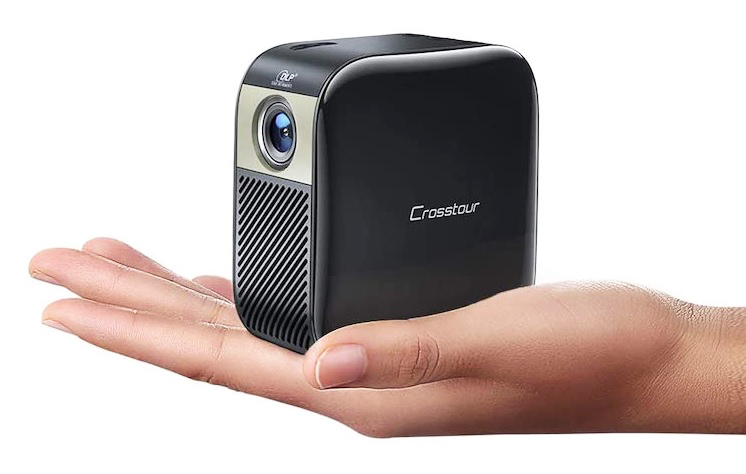
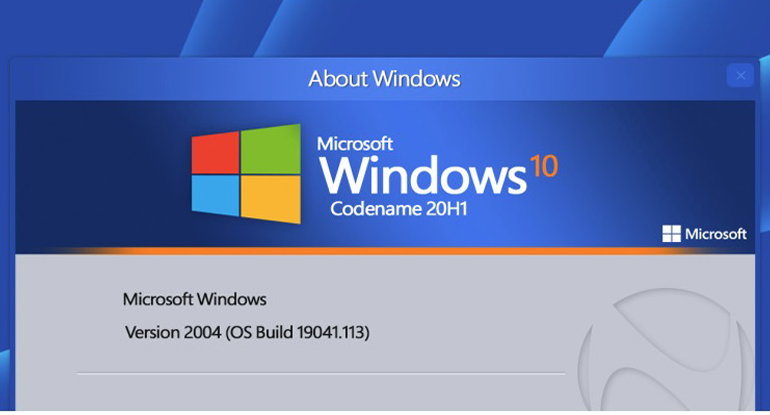
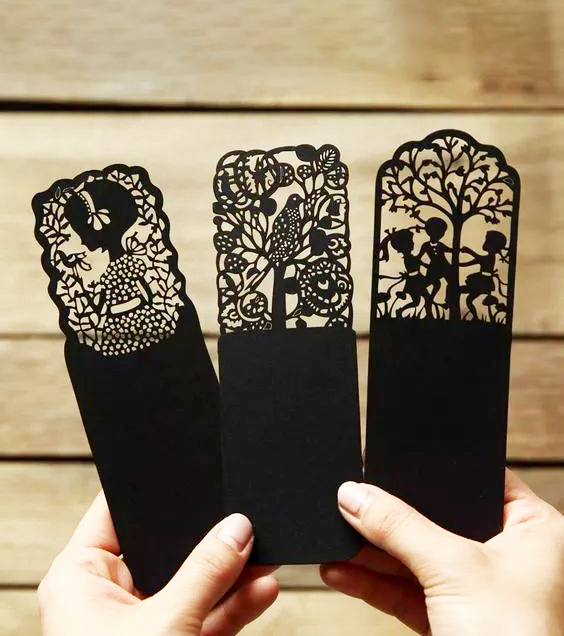
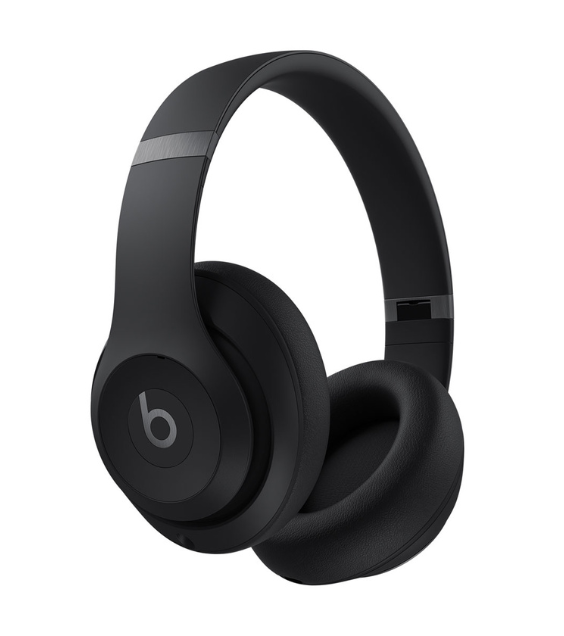

Comment
leave comment